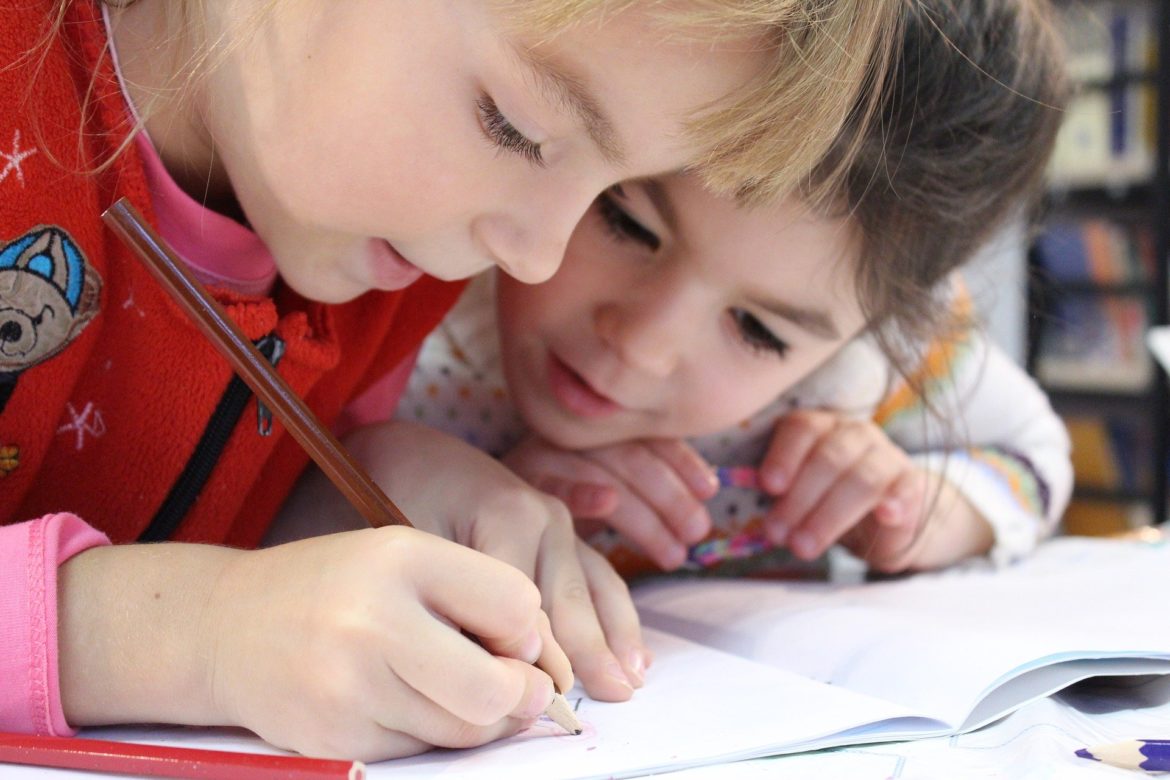Dylan William, an educational leader in formative assessment, supports teachers to develop their use of assessment in support of learning. His most well-known text, ‘Embedded Formative Assessment’, outlines five critical strategies:
- Clarifying, understanding, and sharing learning intentions
- Engineering effective classroom discussions, tasks and activities that elicit evidence of learning
- Providing feedback that moves learners forward
- Activating students as learning resources for one another
- Activating students as owners of their own learning
The fourth point, ‘activating students as learning resources for one another’ is critical for the inclusion of students with disability within general education. Inclusion of students with disability is a human right, but the practical application of inclusion is problematic. However, implementing teaching activities that encourage peer interaction and create learning opportunities for all students is a powerful way of demonstrating that students with disability are valued. How can this be applied in practical ways in classrooms? One way is through cooperative learning.
What is cooperative learning?
Cooperative learning is an evidence-based, highly structured, constructivist approach to learning that involves students working as a group to achieve a common educational or social goal that the students find meaningful. In traditional classrooms, teachers direct interactions rather than students working in groups to learn from each other. As well, questions and answers are with one student at a time, resulting in lost learning time and frustration for the students who wait. However, in cooperative learning, the students are involved in meaningful dialogues with each other. This approach supports the process of working out ‘where the learner is’ and ‘how to get to where the learner is going’. There is a high degree of student interactivity which is more effective than one-on-one instruction from a teacher (William 2011). The delegation of authority to students does not mean abdicating responsibility. Instead, it provides space and time for teachers to support learning and inclusion in the classroom further.
Cooperative learning works for all year levels and provides a framework for improving student learning by strengthening classroom practice. It differs from other forms of group work due to the explicit nature of instruction involved in pre-teaching, modelling and establishing routines, yet once the group activity begins, it is flexible and inquiry-based. Within each group, which can be as small as two or as large as six, each student has a specific role and responsibility, yet each task is necessary to obtain a complete body of knowledge. Hence it incorporates individual responsibility with group accountability. Consequently, the students are required to cooperate, communicate and motivate each other to complete individual tasks in order to attain the group goal. As a result, classrooms shift from a competitive atmosphere to one that enhances active participation, social awareness, communication skills, interaction and language learning.
Cooperative Learning as an Inclusive Pedagogy
Cooperative learning is a common strategy in general education, yet students with disabilities and delays are often taught in segregated settings using behaviourist approaches that focus on individualised, teacher-directed instruction. While behaviourist approaches are considered an effective means of instruction, it has limited scope in facilitating friendships, building social skills or offering classroom cohesion. Nevertheless, social skills are essential for all students, and cooperative learning is an effective and authentic approach for teaching these skills.
Cooperative learning can be utilised as an inclusive educational strategy as heterogeneous groupings facilitate students learning from each other, rather than isolating or segregating those who require support. Heterogeneous groupings benefit all students, particularly those at either end of the performance spectrum. It is a means of catering for all ability groups within the same lesson, therefore avoiding the stigmatisation of ‘micro-exclusion’ (D’Alessio 2011). For example, in many classrooms, students are grouped by ability. Students with disabilities or delays are often grouped away from the other students with an assistant or special educator, or, in some cases, are withdrawn from the classroom. Research indicates that there is little benefit in withdrawing students with disabilities or delays or segregating them from the rest of the class. Inclusive practices provide benefit for all students, not just those with disabilities or delays.
Hence, Dylan William’s work on formative assessment can be utilised to support inclusive, accessible and flexible classrooms that meet the needs of all students, particularly those with disability.




